Your booking cart is empty!
Visiting the Amazon rainforest is an incredible adventure, offering a chance to explore one of the most biodiverse ecosystems on the planet. Contact Ada tours if you’d like help planning the trip of a lifetime to the Amazon! With 17 years of experience our highly experienced guides and drivers will be with you from the moment you land at the airport until the end of your adventure. We arrange the best experiences the Amazon has to offer to suit your travel style, time and budget, without the stress!
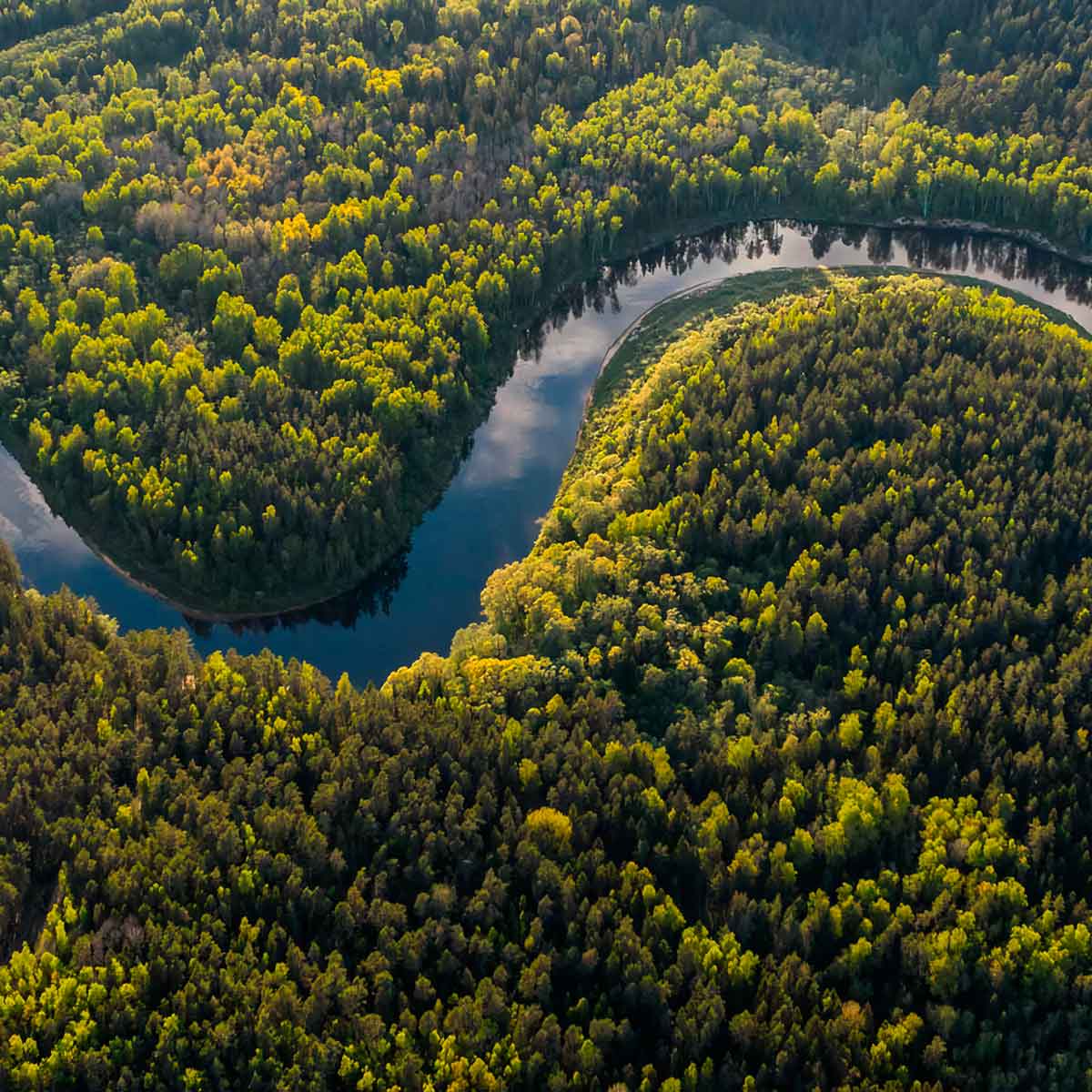
You might not know this but the Amazon spans several countries, Brazil, Peru, Colombia, Ecuador and Bolivia! Your first challenge is to decide which country you want to use as the starting point for your Amazonian adventure. Each offers a unique experience based on its geography, culture, and the different activities available. It is advisable to book a guided tour with a reputable operator so they can provide knowledgeable guides, eco-friendly accommodation and take you on the best itinerary for the area you want to explore. Choose an eco-friendly tour which prioritises conservation and supports local communities to help preserve the rainforest and its biodiversity while also benefiting local economies. The rainforest can be explored during hikes, canoeing or kayaking, boat trips or even by plane. Searching for animals amongst the lush jungle and visiting the indigenous communities that make this their home is a must for any visitor to the Amazon.
There are some key differences in the Amazon experience across Brazil, Peru, Colombia, Ecuador, and Bolivia.
Brazil highlights. Manaus is the primary gateway, with many tours starting from here. Between 1870 and 1910, Manaus was the richest city in the world due to the rubber trade. Brazil's Amazon is known for its diverse wildlife, including jaguars, pink river dolphins, and anacondas. Activities include boat tours, jungle treks, and visiting indigenous communities. Brazil’s rich culture, a mix of indigenous cultures with a strong influence from Afro-Brazilian traditions, is reflected in music, dance, and cuisine.
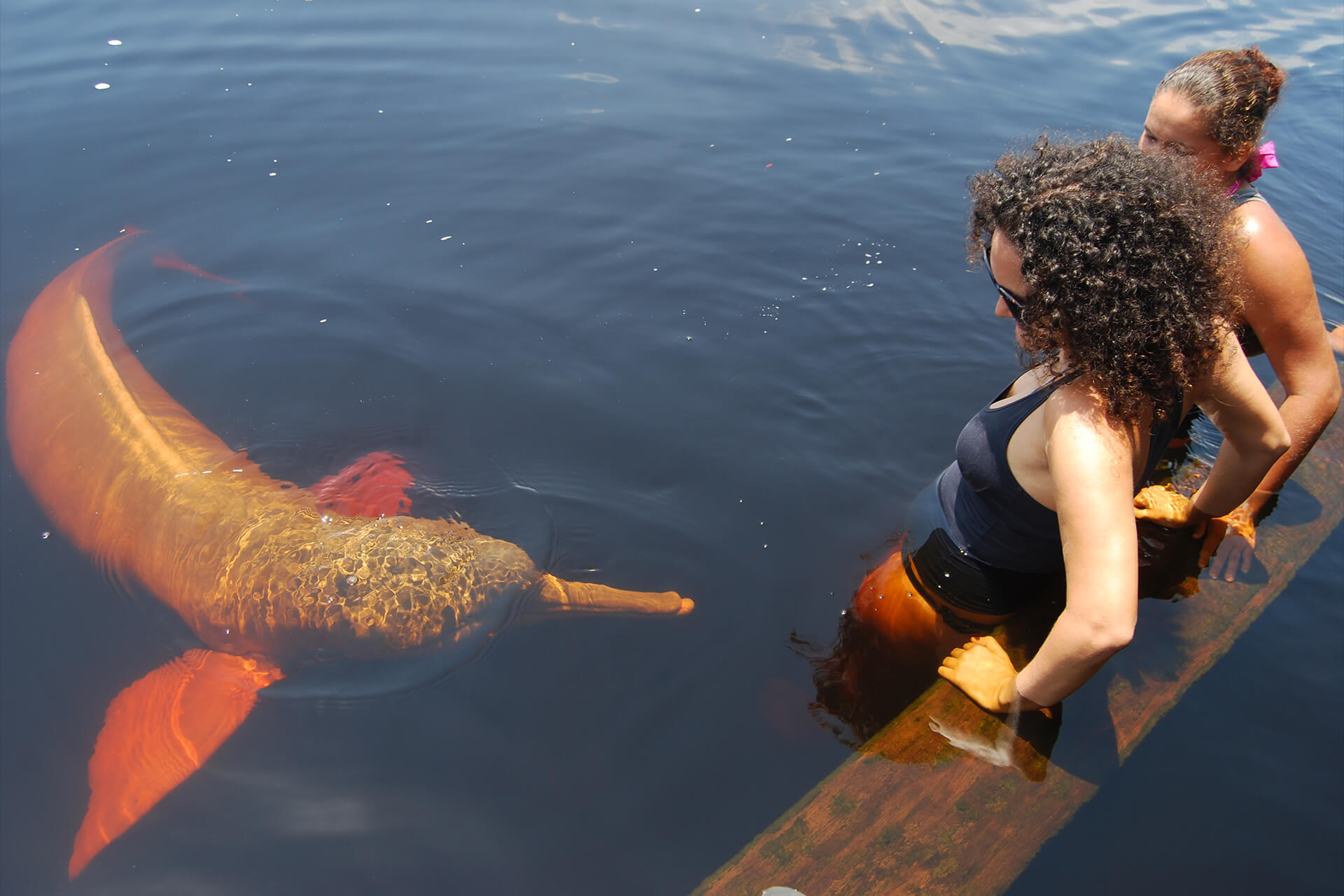
Peru highlights. Iquitos is the main entry point to the Peruvian Amazon which is incredibly biodiverse, with unique species such as the Amazonian manatee and numerous bird species. Activities include canopy walks, canoeing, and visiting local communities. The Pacaya-Samiria National Reserve is a highlight for wildlife viewing. Peru’s rich indigenous heritage is experienced through watching traditional practices and viewing crafts from communities like the Shipibo.
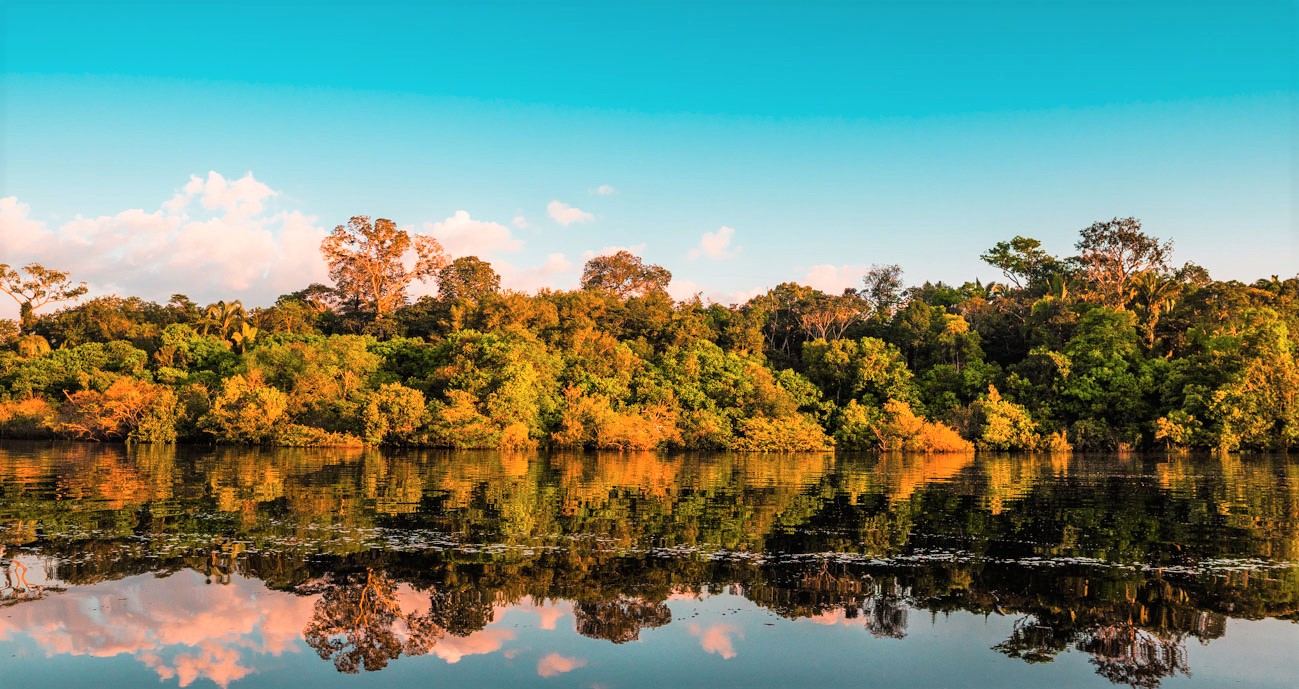
Colombia highlights. Leticia, at the border with Brazil and Peru, is the starting point for most tours in Colombia. Colombia’s Amazon is less well known and therefore offers a more authentic and untouched experience. Boat trips along the Amazon River are a highlight along with hikes and cultural tours. The Amacayacu National Park is notable for its biodiversity. Colombia’s Amazon is home to numerous indigenous groups, and it can be interesting to learn about their traditions and lifestyles.
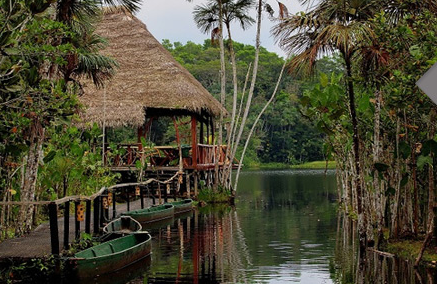
Ecuador highlights. Coca serves as a gateway to the Ecuadorian Amazon, with easy access to the Yasuni National Park and Cuyabeno Wildlife Reserve. Ecuador’s Amazon is known for its incredible biodiversity, including many endemic species, making it a great spot for birdwatching. Activities include canoeing, hiking, and visiting indigenous communities. Sustainability and conservation is a real focus of this population. Ecuador has a rich indigenous culture, with opportunities to experience traditions, crafts, and local cuisine.
Bolivia highlights. Rurrenabaque is the starting point and is accessible from La Paz by plane or bus. Bolivia’s Amazon features diverse ecosystems, including the Pampas (wetlands) and primary rainforest, with plenty of wildlife such as caimans, capybaras, and monkeys.: Activities may include boat tours, jungle treks, and wildlife spotting in Madidi National Park. The Pampas tours focus more on the aquatic wildlife. Bolivia has a mix of indigenous cultures, with opportunities to visit local communities and learn about their traditions and lifestyles.
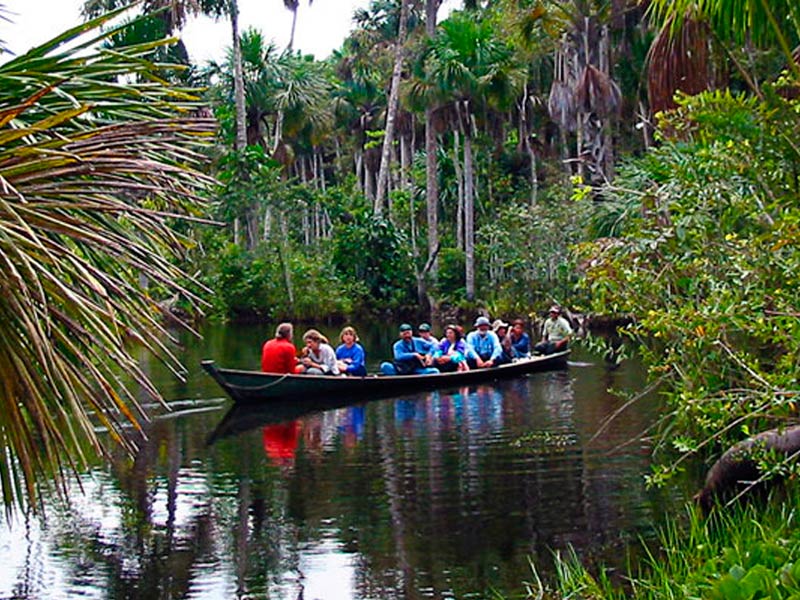
Other considerations. It's important to choose the right time of year as the rainy season (December to May)is when the rainforest is at its most vibrant and a much quieter time for tourists, however it may cause logistical problems due to the sheer amount of water! The dry season (June to September) is recommended for easier access and better wildlife sightings. Packing must also be a consideration; lightweight, moisture-wicking clothing is a must, along with sturdy hiking shoes, insect repellent, sunscreen, and a waterproof jacket. Don’t forget a good camera and binoculars for wildlife viewing! It is worth consulting a healthcare provider about vaccinations and medications, including malaria prophylaxis prior to visiting and a basic first-aid kit and any personal medications is never a bad idea. Follow your guide’s advice regarding safety in the rainforest. Be cautious of wildlife, stay on marked trails, and avoid swimming in unfamiliar waters. If your tour includes visits to indigenous communities, approach with respect and openness. Learn about their culture and traditions, and consider supporting local crafts and businesses.